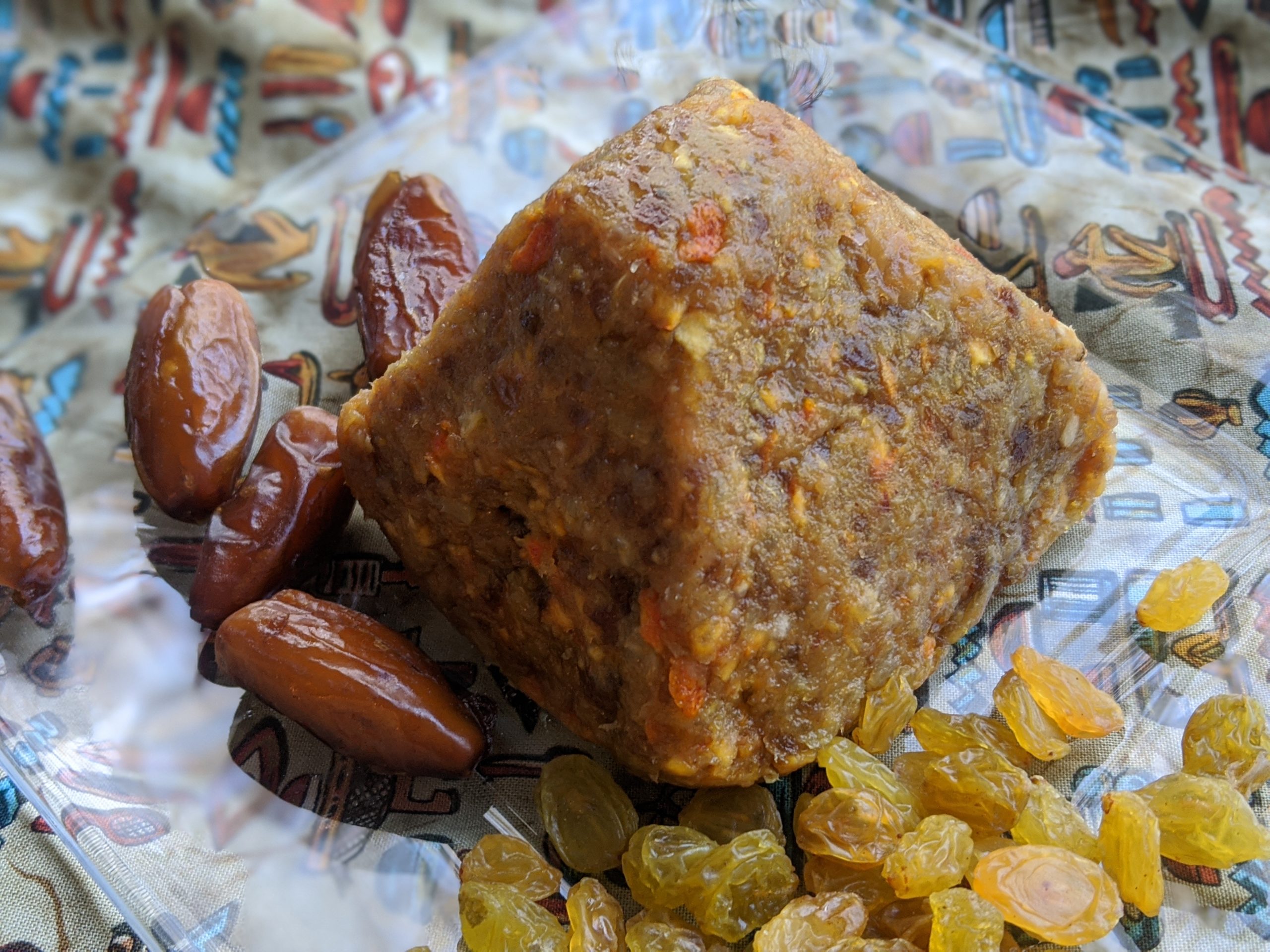
Passover Treats from a Chef and Fridge Forager
Since few of us have had the opportunity to cruise the aisles of kosher-for-Passover processed and packaged foods, we can focus on eating healthier this year. Cook real food from scratch. Make it easier on yourself and cook enough to have leftovers.
If you are comfortable, go the Sephardic way and eat kitnyot such as legumes, corn and rice, expanding the Passover possibilities.
Get everyone who is locked down with you involved in cooking and use technology to connect you to family and friends, so you can cook “together.” Share recipes before the Seders and throughout the week with your fellow virtual chefs and everyone at your virtual Seder table, so you are all eating one or more dishes alike.
Use alternatives for the Seder plate. No horseradish? Try other food with “bite” such as lemons, hot peppers or, as some Sephardim do, use escarole or endive. Instead of missing parsley, romaine lettuce, celery or even a piece of raw potato can work. Make up new items to put on the seder plate – just as the olive for peace and the orange for inclusivity in Judaism have been added over the past several years, you can add items with meaning to those gathered, letting people know to be prepared to offer their choices virtually.
In the end, we need to be gentle, less demanding of ourselves. The more we can use what we have and be flexible, adaptable and a bit creative, the more food can help us find the meaning and joy in this most unusual holiday celebration and, most importantly, to connect to each other in new, special and memorable ways.



